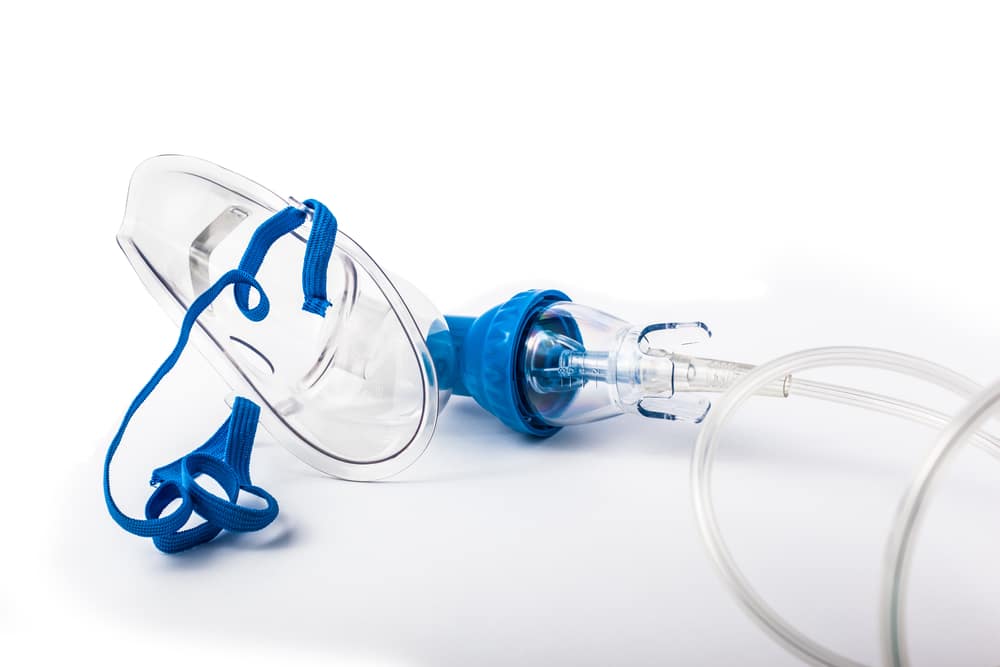 A trip to the dentist isn’t exactly a pleasant experience. Here at Care Dental Camberwell we don’t sugar coat the fact that having drills and needles poking and prodding in and around such a tender area isn’t anyone’s idea of a good time. We completely understand that, for some people, this feeling of unpleasantness morphs into a very real phobia that prevents them from receiving the treatment they need.
A trip to the dentist isn’t exactly a pleasant experience. Here at Care Dental Camberwell we don’t sugar coat the fact that having drills and needles poking and prodding in and around such a tender area isn’t anyone’s idea of a good time. We completely understand that, for some people, this feeling of unpleasantness morphs into a very real phobia that prevents them from receiving the treatment they need.
This phobia may be a result of an unpleasant experience as a child, where a dentist was too rough. Or it may be connected to a fear of needles or just a general fear of medical procedures.
Whatever the cause may be, dentists have been trying to find ways around these phobias for years—after all, we want to ensure that people receive the dental treatment they need. The classic example is the reward of a lollipop for a young child at the end of a dental check-up procedure. This small treat is the perfect way to turn a trip to the dentist into a positive experience. Unfortunately, phobias in adults can’t be turned around quite so easily. That’s where sleep dentistry and laughing gas come in.
What is Laughing Gas?
Laughing gas is the name given to nitrous oxide when it is used in a medical or dental setting. This gas has no colour, no smell and doesn’t cause any irritation. Its sedative and pain-killing properties were discovered in 1772. The procedure involves placing a mask over the mouth, which contains a mixture of nitrous oxide and oxygen. Approximately two to three minutes after the gas has been inhaled, you will begin to feel a sense of euphoria, light-headedness and may even get the giggles, which is where the name ‘laughing gas’ comes from.
Benefits of Laughing Gas
- Works rapidly, so the sedative and pain-killing properties begin to take effect before panic can set in.
- The level of sedation can be altered from moment to moment, just by adjusting the level of nitrous oxide being delivered.
- Unlike other sedatives, there is no fixed-duration time for the effect. It can be tailored to ensure the effects last for as long as the procedure will take.
- No side-effects and you can drive home after your treatment.
Disadvantages of Laughing Gas
- The pain-killing abilities of laughing gas vary from person to person, meaning a patient could still experience some pain if the gas doesn’t work for them.
- Some people will be unable to reach a level of sedation with permissible levels of oxygen, meaning unless the dentist turns the laughing gas up to a dangerous level the gas will have no effect.
- It can only be used with people who can breathe through their nose, so if you have a cold you won’t be able to use it.
- Because you are aware of the feeling, some people may actually become more fearful of the whole process as feel that they have lost control.
What is Sleep Dentistry?
Sleep dentistry involves intravenous-sedation techniques, very similar to those used when a patient is placed under general anaesthetic for a procedure in hospital. All the same equipment is used, the patient is monitored the entire time and a professional anaesthetist administers the sedative.
The main difference is that the sedation is lighter than the sedation that would be used for an invasive operation, such as open-heart surgery. For sleep dentistry, a special combination of sedatives and pain-killing mediation will be administered; the state you are placed in is referred to as ‘conscious sedation’ or ‘twilight sleep.’ It is most similar to a dream state, in which you feel calm and relaxed and completely unaware of what is going on around you.
Benefits of Sleep Dentistry
- Unlike laughing gas, you will be completely unaware of what is going on around you. You wont hear the drills, feel any needles and once the sedatives have kicked in you wont be aware of the sedation. This means that there is no chance that the patient will become fearful of the reaction, as can happen after laughing gas has been given.
- You will have no memory of the procedure, meaning you cant form any new, fearful, associations with a dental procedure.
- There are no unpleasant side-effects, such as nausea.
- The process is completely safe as an anaesthetist conducts it and you will be hooked up to monitoring machines.
Disadvantages of Sleep Dentistry
The only disadvantage of sleep dentistry is that you won’t be able to drive yourself home and you’ll have to prove that there will be someone who can monitor you for 24 hours following the procedure. This is just a precautionary measure to ensure you have had no ill-effects form the procedure.
Sleep dentistry is definitely the more sophisticated of the two options. Laughing gas is still a viable alternative, although it is rather archaic and there are two many variables such as how the patient will react to the onset of the gas and if they will achieve the necessary level of sedation and pain-relief.

